
The skincare and beauty industry is replete with various face tools designed to help improve skin's texture and appearance. The wide range of products caters to different age groups and concerns. In this article, we aim to provide a comprehensive analysis of face tools, focusing on their effectiveness for specific age brackets. Whether you are in your 20s, 30s, 40s, or beyond, understanding which face lifting tool works best for your age can help you make more informed decisions when it comes to maintaining healthy and youthful-looking skin.
Starting Early: The Value of Skincare Tools in Your 20s
Your 20s are the best time to start investing in your skincare regimen, and incorporating face tools into your routine can yield numerous benefits. In this age group, the primary goal should be prevention and maintenance.
- Facial Cleansing Brushes
Cleansing is a vital step in any skincare regimen, and using a facial cleansing brush can provide deeper cleansing while gently exfoliating the skin. These brushes come in various forms, from manual to electric face massagers, and can effectively remove dirt, oil, and impurities. Regular use can result in clearer and smoother skin.
- Jade Rollers
These traditional Chinese beauty tools made from jade or other semiprecious stones are known for their cooling and soothing effects. Using a jade roller can improve blood circulation, reduce puffiness, and promote lymphatic drainage – all while providing a relaxing and therapeutic experience.
Skincare Tools for the 30s: Targeting Aging Signs
As you enter your 30s, signs of aging start to creep in, making this an ideal time to focus on face tools that target these concerns.
- Microcurrent Facial Devices
At this age, incorporating a microcurrent treatment using a face lifting tool can help counteract the early signs of aging. These devices emit low-level electrical currents that stimulate collagen production and tighten facial muscles, which can result in firmer, more youthful-looking skin.
- LED Light Therapy Devices
LED light therapy devices emit different wavelengths of light to target various skin concerns. For instance, red light is known for promoting collagen production and reducing inflammation, while blue light can help manage acne breakouts. Integrating LED light therapy into your routine can be beneficial for maintaining youthful skin and overall skin health.

Skincare Tools in Your 40s and Beyond: Age-Reversing Treatments
As you age further, your skin becomes more susceptible to wrinkles, fine lines, and sagging. This is when you should focus on face tools with age-reversing capabilities.
- Radiofrequency Devices
Radiofrequency devices can help rejuvenate the skin by promoting collagen and elastin production through heat. This non-invasive treatment can result in tighter and firmer skin, reducing the appearance of wrinkles and fine lines.
- High-Frequency Facial Tools
Incorporating high-frequency facial tools in your skincare regimen can help improve skin elasticity and promote cell renewal. These devices use alternating currents to stimulate skin tissue, boosting collagen production, and improving overall skin tone and texture.
No matter your age, there is a face tool designed with your specific needs in mind. By incorporating these devices into your skincare routine, you can reap the benefits of healthier and more youthful-looking skin.
It's vital to remember that while face tools can help achieve desirable results, they need to be used alongside an appropriate skincare regimen and consistent sun protection. Additionally, always follow the instructions provided by the tool’s manufacturer and consult a dermatologist or skincare expert if you have any concerns before experimenting with new devices. By selecting the right face tools for your age-specific needs, you can achieve radiant and healthier skin!
Frequently Asked Questions
What is the effectiveness of facial recognition?
Facial recognition is a technology used to identify and verify a person's identity based on their facial features. The effectiveness of facial recognition depends on various factors such as the algorithm used, the quality of images or videos, and the environment or lighting conditions. With advancements in machine learning and AI, facial recognition systems have significantly improved in recent years, boasting high accuracy rates. However, it is essential to bear in mind that facial recognition accuracy may vary in different situations, and certain factors such as face masks, sunglasses, or poor lighting can affect its effectiveness.
What is age estimation in face recognition?
Age estimation in face recognition refers to the process of identifying a person's age or age group based on their facial features using machine learning algorithms and models. This process relies on analyzing facial characteristics such as wrinkles, facial texture, and structures that change with age. Age estimation techniques in facial recognition can help enhance the technology, potentially improving the accuracy of identifying people across varying age groups.
How do I determine the accuracy of face recognition?
The accuracy of face recognition systems is commonly evaluated by comparing the system's performance to a ground truth dataset containing the correct identity information of individuals. In general, accuracy measurements for facial recognition systems include:
- False Acceptance Rate (FAR): The percentage of instances where the system incorrectly identifies an unauthorized person as an authorized one.
- False Rejection Rate (FRR): The percentage of instances where the system incorrectly rejects an authorized person's identity.
- Equal Error Rate (EER): The point at which FAR and FRR are equal, and it's an important indicator of the overall performance of a facial recognition system.
Comparing the precision, recall, and F1 scores can also help gauge the accuracy of face recognition systems. In summary, determining the accuracy of a facial recognition system involves considering these factors in a variety of testing settings.
What is face analysis in face recognition?
Face analysis refers to the extraction and processing of facial features to obtain essential information, playing a vital role in face recognition systems. Face analysis techniques can include detecting facial landmarks (such as eyes, nostrils, and mouth corners), skin texture analysis, face alignment, and facial expressions analysis. This information is used to either match a face against a database of known faces or to further analyze the individual's emotional state, focus of gaze, age, and other attributes. The extracted facial features are utilized by various machine learning algorithms to accurately recognize and identify an individual's face.











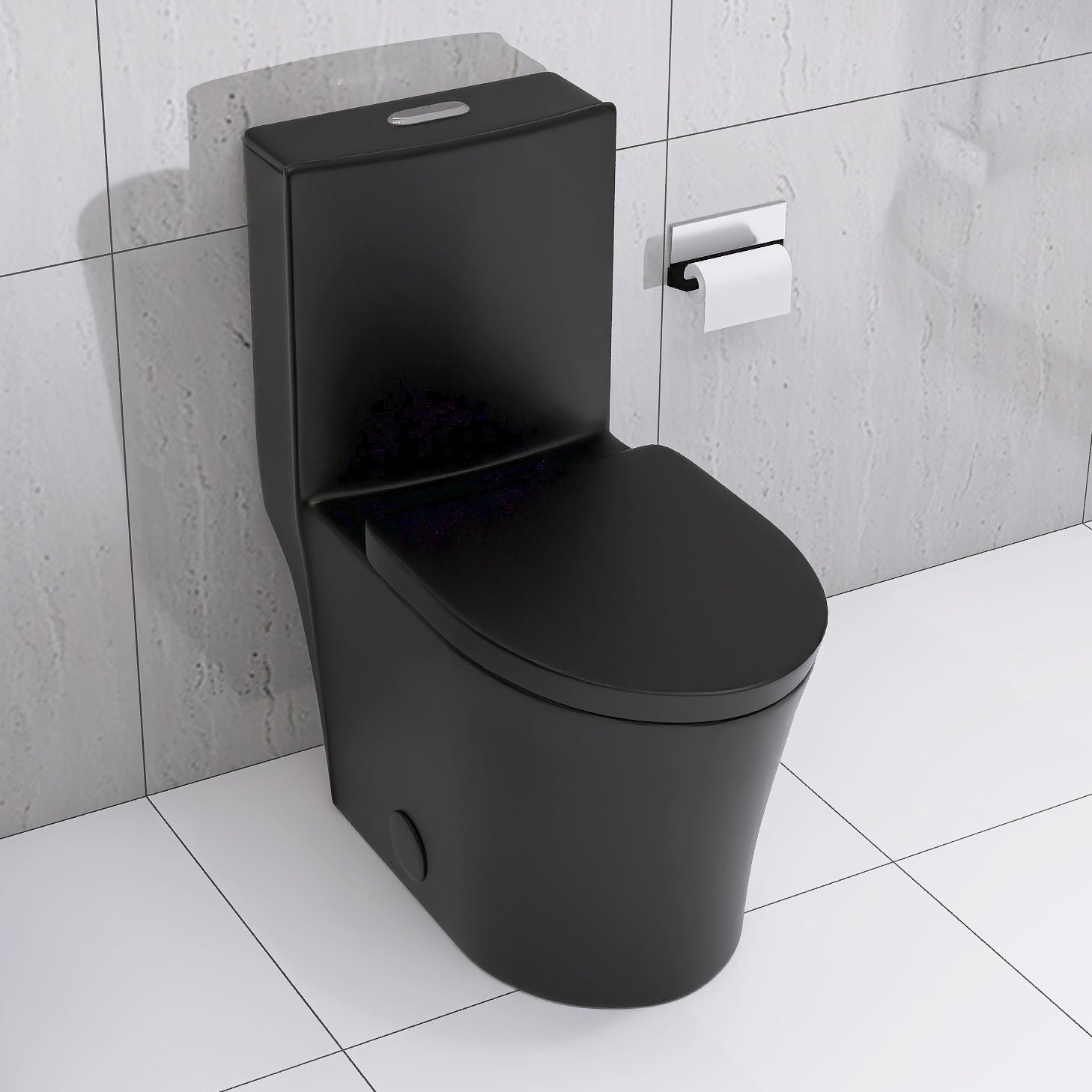






























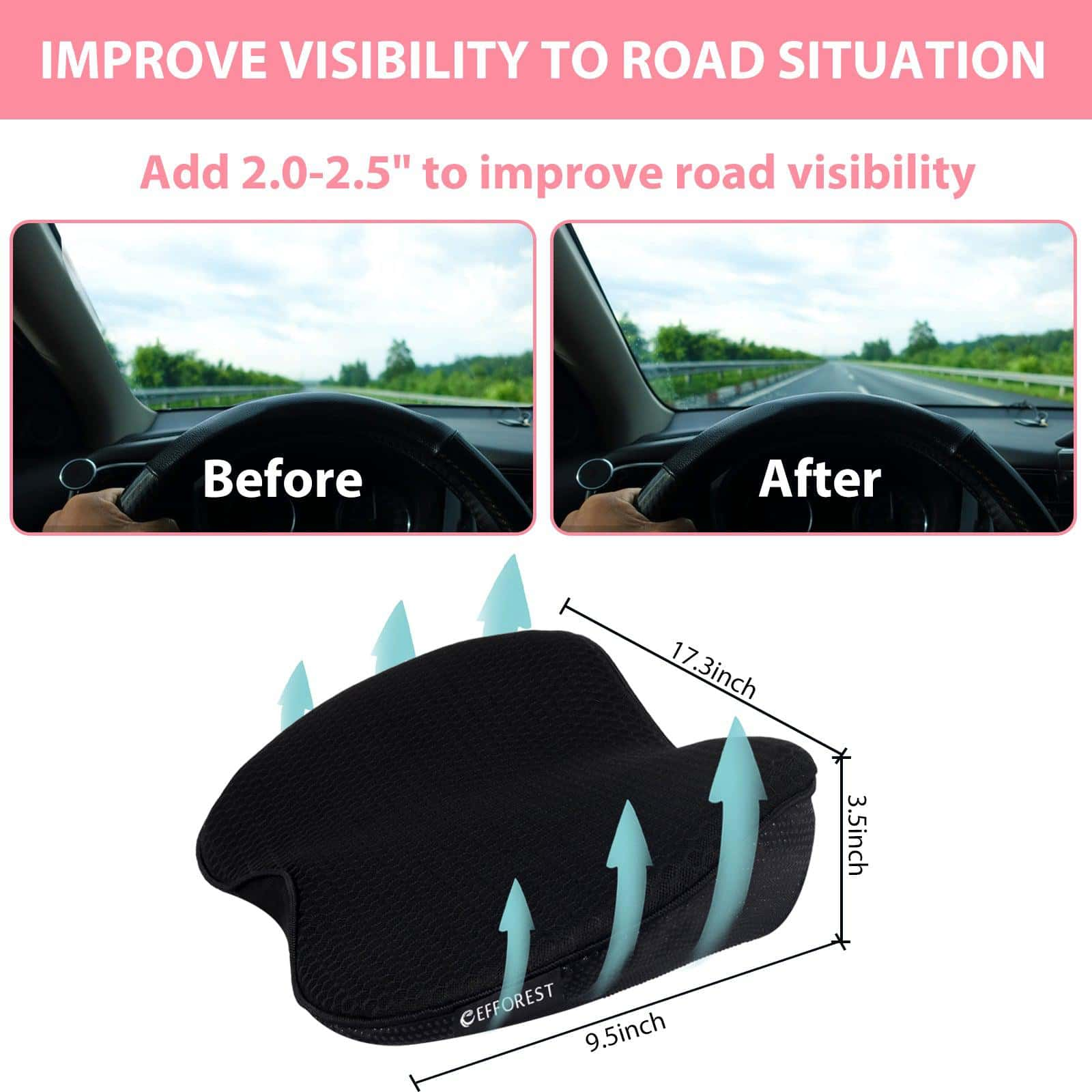










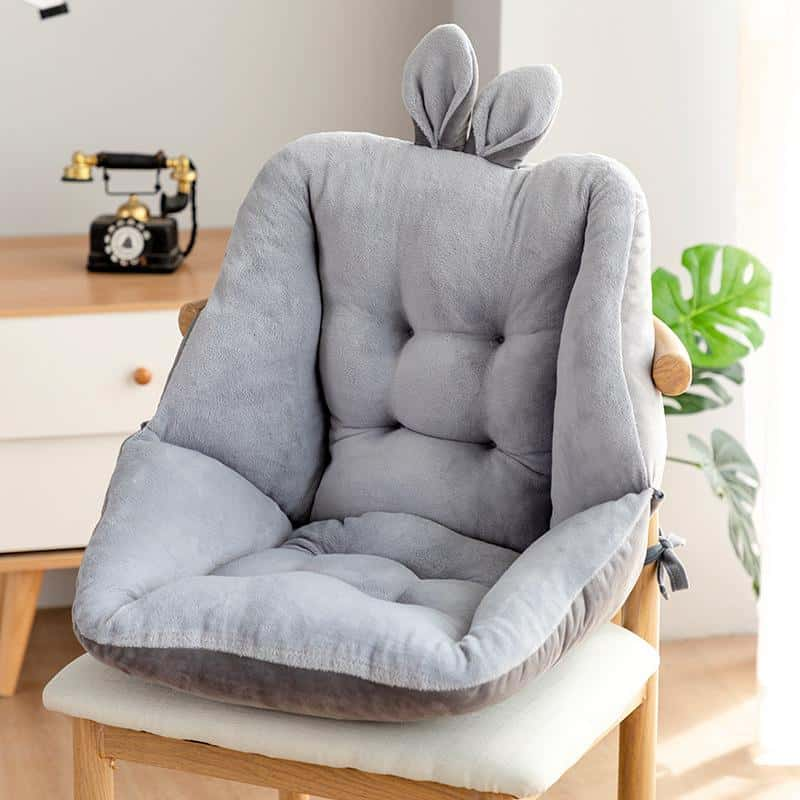










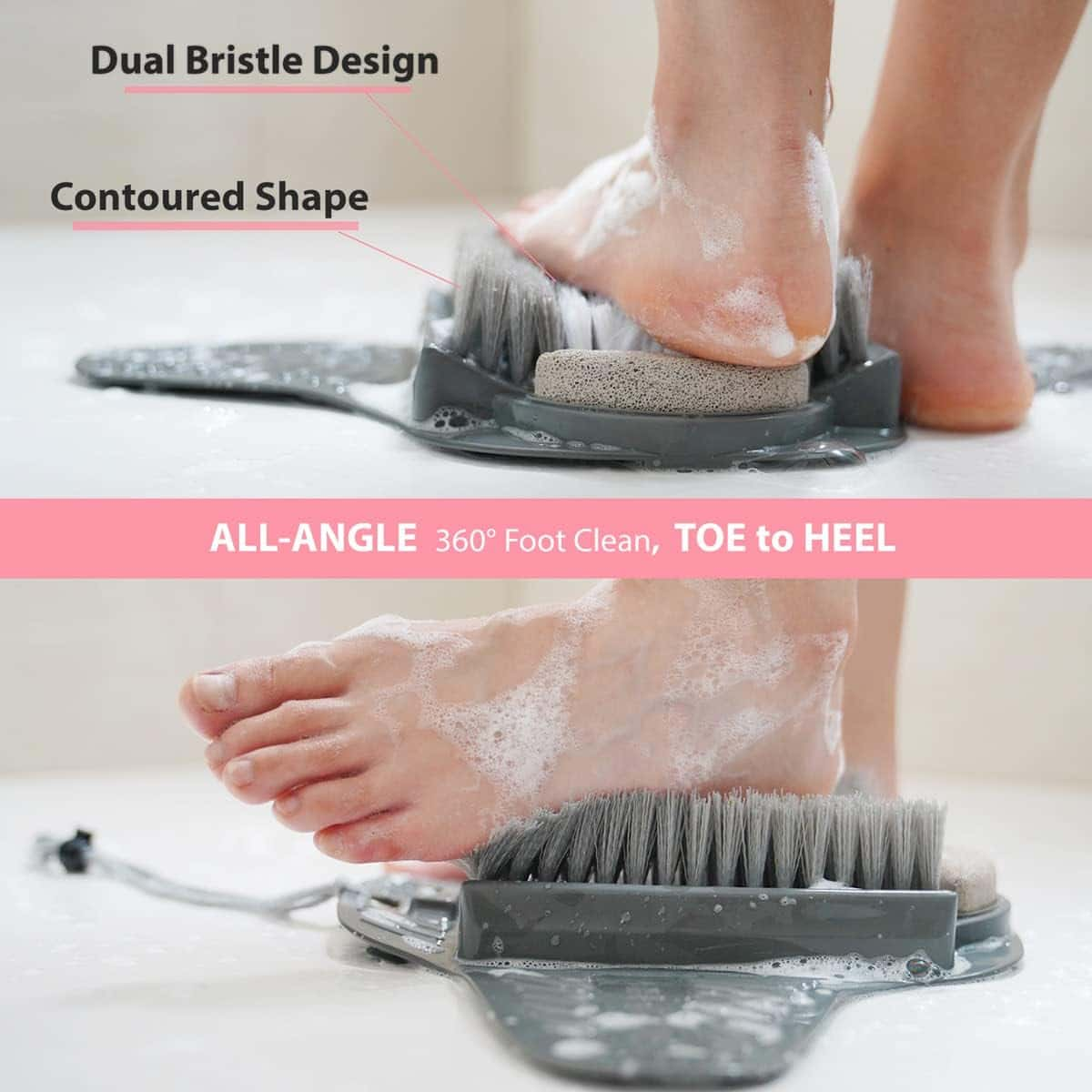



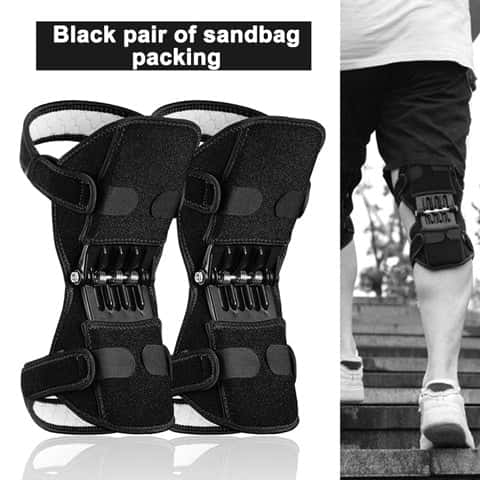







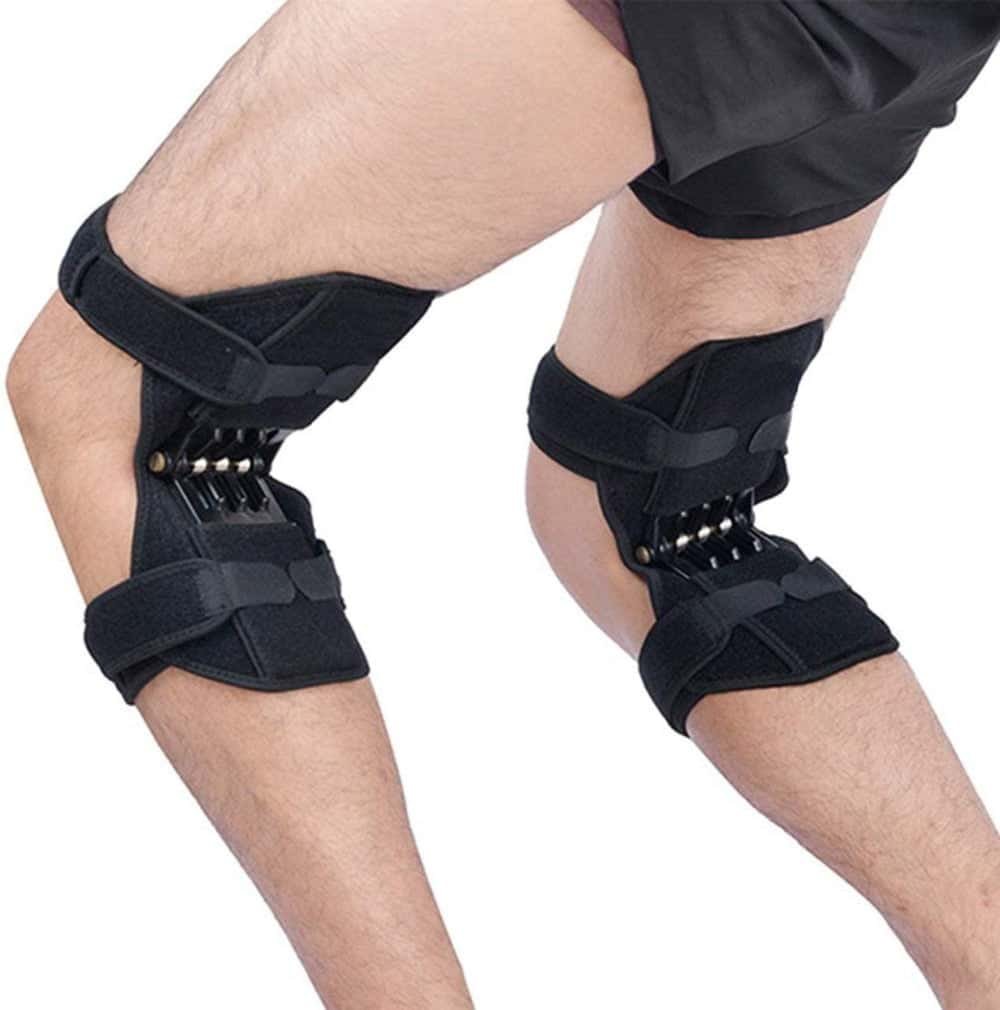





Share and get 15% off!
Simply share this product on one of the following social networks and you will unlock 15% off!